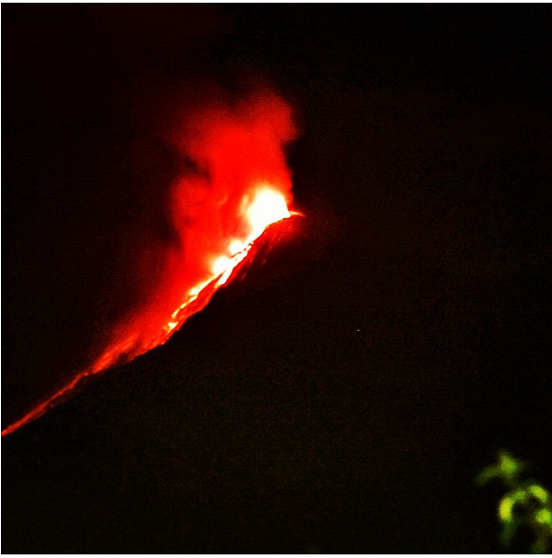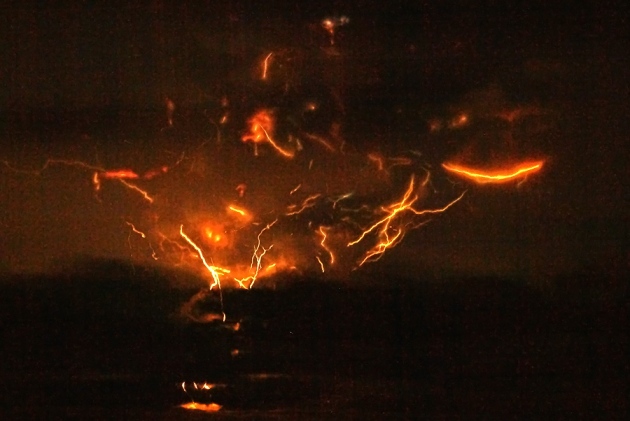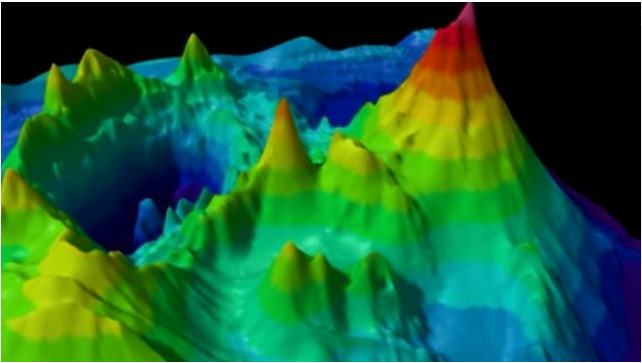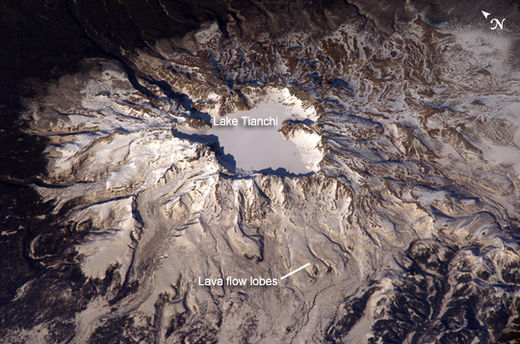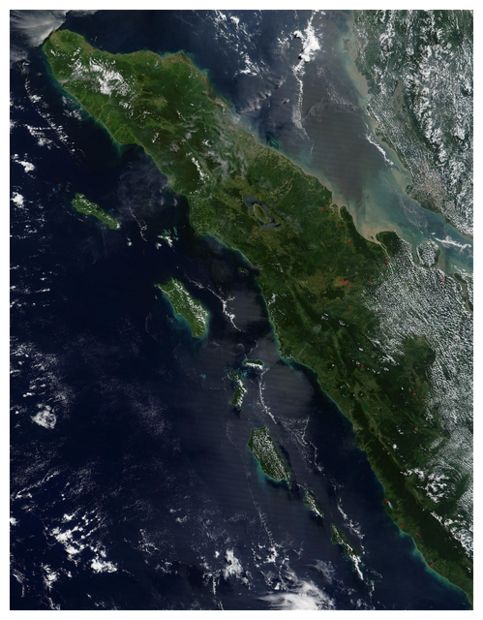
© NASASumatra, Earth's sixth-largest island, spied from space.
The oft-disaster-battered island of Sumatra may have yet another threat to add to the roster of natural phenomena that afflict the Indonesian island: colossal volcanic eruptions.
Although Sumatra residents are likely well-acquainted with
the string of volcanoes that line the Indian Ocean island's western coastline, new research has revealed that some of these volcanoes are capable of far more violence than once thought.
"Our study found some of the first evidence that the region has a much more explosive history than perhaps has been appreciated," said Oregon State University's (OSU) Morgan Salisbury, lead author of research recently published in the
Journal of Volcanology and Geothermal Research."Sumatra has a number of
active and potentially explosive volcanoes, and many show evidence of recent activity," Salisbury said in a statement. However, he added, most of the eruptions are small, so little attention has been paid to the potential for
a catastrophic eruption.
In 2007, OSU professor Chris Goldfinger led an expedition to Sumatra to dig up evidence of earthquakes that had rocked the region in the past.
During the field work, the OSU team, along with Indonesian colleagues, stumbled upon unmistakable evidence of volcanic ash and began conducting a parallel investigation into the region's volcanic history.



